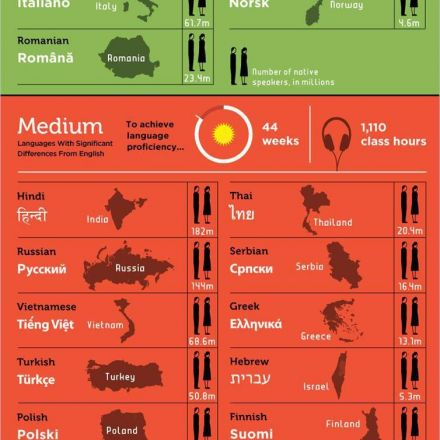Thank you
Your email has been added to our waiting list and we will send an invite to you as soon as possible. Thank you for your patience.
In the meantime, if you happen to run a blog, our newly launched Blog Enhancement Suite can utilize the immense power of community to help you get more audience, engagement, content, and revenue with your own embeddable community! It will breathe new life into your blog and can automate many of the tedious tasks that come with the territory, so you can focus more on what matters most... writing.
Help spread the word about Snapzu:
Let others know about Snapzu by tweeting about us. We appreciate every mention!
Tweet it!




























Join the Discussion
Do you agree with all the descriptions of each level?
Well, they're pretty standard, there's not much to agree or disagree with. It's the standard that has been created to assert one's language ability in Europe, where many people need to identify levels in many different languages precisely for jobs, university, etc. It's pretty recent (1996), but it took 7 years to perfect. I believe we can trust it. ;-)
Some parts of the descriptions were a little different from what I've seen elsewhere. An example would be being fluent at B2, but not being able to watch a movie in the other language without difficulty at C1.
Well, the definition of fluency varies a lot from people to people, including linguists. But the strict definition of the term is "when language flows", it says nothing about grammatical mistakes. As long as the speaker isn't hesitant and is understood by natives, s/he's considered fluent by this definition.
See this wikipedia article about language proficiency.